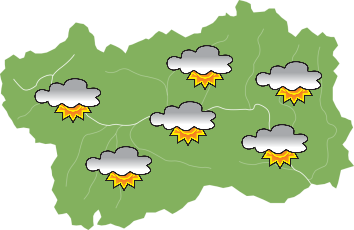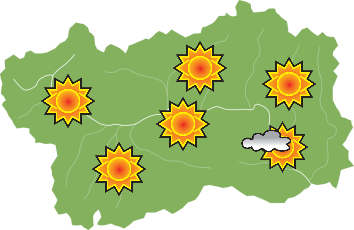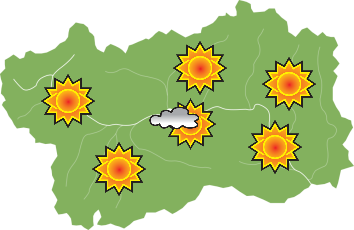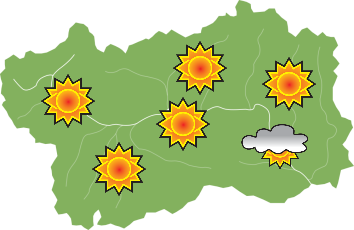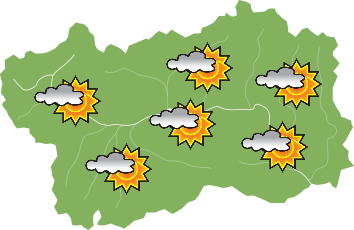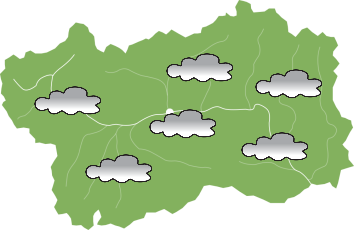The Roman aqueduct-bridge of Pont-d'Ael
Resort: Aymavilles
- From April to September:
from 9am to 7pm, every day - From October 1st to November 2:
from 10am to 1pm and from 2pm to 5pm, every day
Info onsite for guided tours, educational workshops and other cultural activities organized in the site.
Opening times are subject to variations: we advice to verify them by calling the phone numbers reported in the “Contact” area.
Full price ticket: € 5.00
Reduced entrance-fee: € 3.00 (19 - 25 years, groups of at least 25 paying visitors, specific deals)
Free:
- children and teenagers under 18 years
- visitors with disabilities and their companions
- teachers and other persons accompanying school groups
- on line reservation and purchase of the tickets are strongly advised on MiDA
- backpacks and bulky bags are not allowed
Buying the ticket is necessary only for entering the covered passage.
Accessibility
Site only partially accessible to physically disabled people in wheelchairs. It is possible to look out onto the bridge and observe its external structure.
Contact
Close to the village of Pont d'Ael, located on the right-hand side of the road going from Aymavilles to Cogne, an aqueduct-bridge dating back to Roman times stands magnificently over the Grand-Eyvia stream.
It is a grandiose work of masonry and freestone blocks, about 56-metre-high and more than 50-metre-long.
The monument functioned as an aqueduct-bridge. It is in fact divided into two levels: an upper channel paved with large square lithic slabs (called specus) and originally waterproofed with an ad-hoc hydraulic mortar, which allowed water to pass through. The lower, one-metre-wide walkway was adequately ventilated and lit, and had been conceived as a passage for men and animals.
An inscription on the north front testifies to its date, 3 BC, and commemorates its promoter and owner, Caius Avillius Caimus from Patavium (Padua). He was a member of a wealthy gens of entrepreneurs (the Avilli) by then well established in the north-west of Cisalpine Republic. Their wealth and social status were enough to let them aspire to the management of the local marble quarries and to invest in a quarrying activity that would certainly have given Caius visibility and profit within the young colony of Augusta Praetoria.
There are very few known examples of private aqueducts that are not connected to a villa or a land estate; the Pont d'Ael aqueduct-bridge stands out precisely because it relates to the use of water for ‘industrial’ purposes, supplying the water necessary for the extraction and processing of bardiglio marble, whose quarries were found further downstream, in the hamlet of Pesse, by Aymavilles. This type of marble ranges in colour from grey-blue to veined pearl-grey and it is not difficult to recognise it in most of the public and private monuments of Roman Aosta.
After going through the upper conduit, visitors enter the pedestrian level through the access on the left bank and exit by gaining access to the right bank where a steel footbridge reproduces the ancient Roman service road carved into the natural rock; only a few sections of this road remain today, given the schist-rich and crumbly nature of local rock. Purchasing a ticket is only necessary if you want to access the covered walkway.





